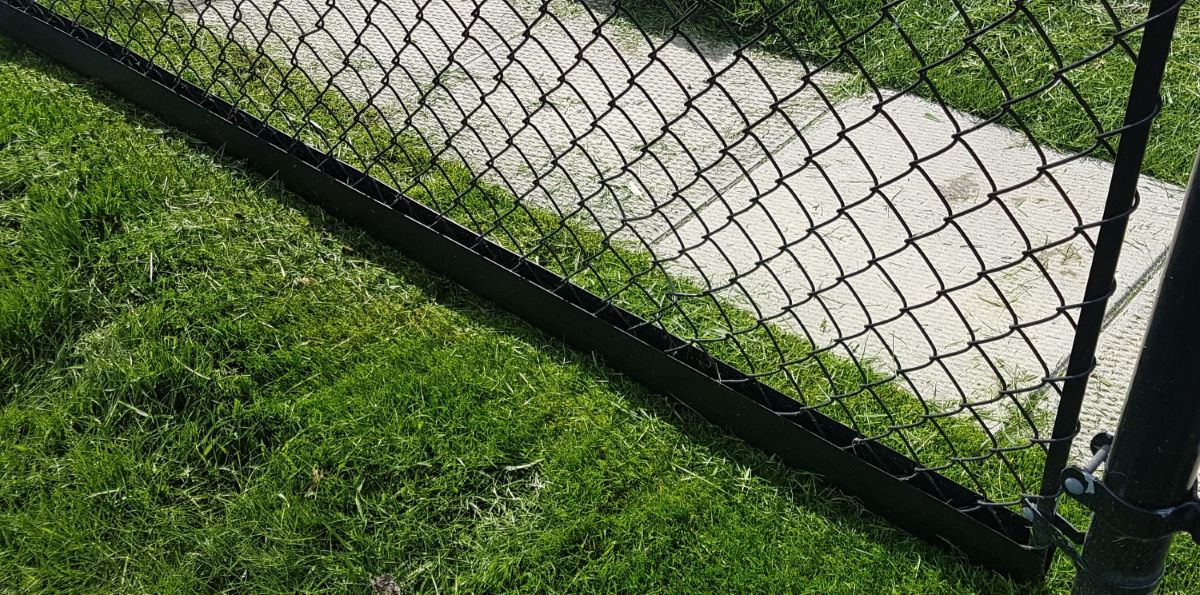

Articles
How To Secure Bottom Of Chain Link Fence
Modified: February 23, 2024
Learn effective techniques for securing the bottom of your chain link fence with our informative articles. Protect your property and enhance security.
(Many of the links in this article redirect to a specific reviewed product. Your purchase of these products through affiliate links helps to generate commission for Storables.com, at no extra cost. Learn more)
Introduction
A chain link fence is a popular and durable fencing option commonly used to provide security, privacy, and containment for residential, commercial, and industrial properties. While chain link fences are known for their strength and reliability, it’s essential to pay attention to the bottom portion of the fence. Neglecting to secure the bottom of a chain link fence can leave it vulnerable to various issues such as intrusions, wildlife entry, erosion, and damage from harsh weather conditions.
In this article, we will explore the importance of securing the bottom of a chain link fence, discuss the materials you can use to accomplish this, and provide a step-by-step guide to help you secure your fence effectively. Additionally, we will explore alternative methods for securing the bottom of a chain link fence and offer tips and recommendations for maintaining a secure bottom on your fence.
By following the advice and recommendations outlined in this article, you can ensure that your chain link fence remains sturdy, secure, and long-lasting.
Key Takeaways:
- Neglecting to secure the bottom of a chain link fence can lead to intrusions, wildlife entry, erosion, and damage from harsh weather conditions. Properly securing the bottom is crucial for maintaining the fence’s integrity and effectiveness.
- Choosing the right materials and methods, conducting regular inspections, and implementing proactive maintenance are essential for maintaining a secure bottom on a chain link fence. By following these guidelines, you can ensure the longevity and reliability of your fence.
Read more: How To Stretch A Chain Link Fence
Understanding the Importance of Securing the Bottom of a Chain Link Fence
When it comes to chain link fences, many people focus primarily on the height and overall strength of the fence. However, one crucial aspect that often gets overlooked is securing the bottom of the fence. Understanding the importance of securing the bottom of a chain link fence is critical to maintaining its integrity and effectiveness.
One of the main reasons for securing the bottom of a chain link fence is to prevent intrusions. Without adequate security measures, small animals such as rodents or stray dogs can easily squeeze through gaps or dig under the fence, gaining access to your property. This can lead to potential damage to your garden, landscape, or even pose a threat to the safety of children or pets.
Furthermore, securing the bottom of a chain link fence is essential for preventing wildlife entry. If you live in an area with wildlife or have a property near wooded areas, ensuring the fence’s bottom is secure will help keep wild animals at bay. This can protect your property from damage caused by animals digging or pushing their way through the fence.
In addition to wildlife concerns, securing the bottom of a chain link fence is vital for preventing erosion. Over time, soil erosion can cause the ground beneath the fence to shift or sink, compromising the fence’s stability. By properly securing the bottom of the fence, you can help prevent erosion and maintain the structural integrity of the fence for years to come.
Lastly, securing the bottom of a chain link fence is crucial in protecting it from damage caused by harsh weather conditions. Strong winds, heavy rain, and snow can apply pressure to the bottom of the fence, causing it to shift or bend. By properly securing the fence’s bottom, you can minimize the risk of damage and ensure the fence remains intact, providing the necessary protection and security.
Overall, understanding the importance of securing the bottom of a chain link fence is essential for maintaining its effectiveness and durability. By preventing intrusions, wildlife entry, erosion, and damage from harsh weather conditions, you can ensure the longevity and reliability of your chain link fence.
Assessing the Current Condition of Your Chain Link Fence
Before you begin securing the bottom of your chain link fence, it’s important to assess its current condition. This will help you identify any existing issues that may affect the fence’s stability and determine the necessary steps to ensure it is properly secured.
Here are some key factors to consider when assessing the current condition of your chain link fence:
- Inspect the Bottom of the Fence: Carefully examine the bottom portion of the fence, looking for any signs of wear and tear, gaps, or openings that could allow animals to enter or the fence to become unstable.
- Check the Fence Posts: Inspect the fence posts to ensure they are securely anchored in the ground. Look for any signs of bending, leaning, or damage that may affect the overall stability of the fence.
- Examine the Mesh: Check the integrity of the chain link mesh. Look for any holes, tears, or loose sections that could enable animals or intruders to pass through. These issues should be repaired before securing the fence’s bottom.
- Inspect the Ground: Assess the ground beneath the fence for any signs of erosion or shifting. Uneven or unstable ground can compromise the stability of the fence’s bottom.
- Consider the Surrounding Environment: Take note of your property’s surroundings, including nearby trees, shrubs, or other elements that may impact the fence. Overgrown vegetation or obstructions can make it easier for animals or intruders to access the fence.
By carefully evaluating the current condition of your chain link fence, you will have a better understanding of any issues that need to be addressed and the appropriate measures to secure the fence’s bottom effectively. If you notice any significant damage or concerns, it may be necessary to seek professional assistance or invest in repairs before proceeding with securing the fence.
Remember, a thorough assessment is crucial to ensure the long-term stability and security of your chain link fence. It will provide the foundation for making informed decisions when choosing the materials and methods to secure the bottom of the fence.
Choosing the Right Materials for Securing the Bottom of a Chain Link Fence
When it comes to securing the bottom of a chain link fence, selecting the appropriate materials is essential for ensuring its stability and longevity. Choosing the right materials will depend on factors such as budget, the current condition of the fence, and the level of security desired. Here are some common materials to consider:
- Bottom Tension Wire: A bottom tension wire is a thin, high-tensile strength wire that runs along the bottom of the chain link fence. This wire adds additional support and helps prevent animals from pushing or digging their way through the fence. It is typically attached to the fence fabric and secured to the fence posts with tension bands.
- Gates and Gate Hardware: If your chain link fence has a gate, it’s important to ensure that the gate and its hardware are in good condition. Replace any damaged or worn-out gate components, such as hinges, latches, or locks, to maintain the security of the fence. Additionally, consider installing a gate closer to ensure the gate automatically closes after use.
- Concrete Footings: For added stability and to prevent animals from digging under the fence, installing concrete footings along the bottom of the fence is an effective solution. This involves digging trenches beneath the fence line and pouring concrete to create a solid barrier.
- Gabion Baskets: Gabion baskets are wire mesh containers filled with rocks or other heavy materials. They can be placed along the bottom of the fence to create a physical barrier and enhance the fence’s stability. Gabion baskets are not only functional but can also add an aesthetic appeal to your chain link fence.
- Mesh Extension Panels: If your current chain link fence has a low height, you can consider adding mesh extension panels to increase its overall height. This will deter animals from attempting to climb over the fence and provide additional security.
It’s important to choose materials that are compatible with your existing chain link fence and its specific requirements. Consider consulting with a fencing professional to determine the most suitable materials for securing the bottom of your fence based on your needs and budget.
Remember, the quality of the materials you choose will directly impact the effectiveness and lifespan of your chain link fence. By investing in durable and secure materials, you can ensure that your fence remains strong, reliable, and provides the necessary protection for your property.
To secure the bottom of a chain link fence, consider burying the bottom edge in a trench and filling it with concrete for added stability and security. This will help prevent animals from digging under the fence.
Step-by-Step Guide on How to Secure the Bottom of a Chain Link Fence
Securing the bottom of a chain link fence involves several steps to ensure its stability and prevent unwanted intrusions. Follow this step-by-step guide to effectively secure the bottom of your fence:
- Step 1: Prepare the Area: Clear any vegetation or debris along the fence line, ensuring a clean and level surface to work with.
- Step 2: Assess the Fence Posts: Inspect the fence posts to ensure they are secure and not damaged. Straighten any leaning posts and replace any damaged ones.
- Step 3: Install Bottom Tension Wire: Attach a bottom tension wire to the fence fabric at the bottom of the chain link fence. Secure it to the fence posts using tension bands. The tension wire adds stability and prevents animals from pushing through the fence.
- Step 4: Add Concrete Footings: If desired, dig trenches along the fence line and pour concrete footings to create a solid barrier. This will prevent animals from digging under the fence.
- Step 5: Reinforce Gate Hardware: Check the gate and its hardware for any damage or wear. Replace worn-out components, such as hinges, latches, or locks, to ensure the gate closes properly and remains secure.
- Step 6: Consider Adding Gabion Baskets: If desired, place gabion baskets filled with rocks along the bottom of the chain link fence. This adds a physical barrier and enhances the fence’s stability.
- Step 7: Inspect and Repair Mesh: Examine the chain link mesh for any holes, tears, or loose sections. Repair or replace damaged portions to maintain the integrity of the fence.
- Step 8: Regular Maintenance: Conduct regular maintenance on the chain link fence, including inspecting the bottom portion for any signs of wear or damage. Repair or replace any issues promptly to prevent further damage or intrusions.
Following these steps will help ensure that the bottom of your chain link fence remains secure, preventing animals from entering and maintaining the overall stability of the fence. Remember to periodically re-assess the condition of the fence and make any necessary repairs or adjustments to maintain its effectiveness.
It’s worth noting that if you are uncertain about any aspect of securing the bottom of your chain link fence, don’t hesitate to consult with a professional fencing contractor who can provide guidance and expertise tailored to your specific needs.
Read more: How Tall Is A Chain Link Fence
Alternative Methods for Securing the Bottom of a Chain Link Fence
While the step-by-step guide discussed earlier provides effective methods for securing the bottom of a chain link fence, there are also alternative approaches you can consider. These methods can offer additional security and customization options. Here are some alternative methods to secure the bottom of your chain link fence:
- Bottom Rail: Installing a bottom rail along the base of the chain link fence can provide added stability and strength. The bottom rail acts as a reinforcement, preventing animals or intruders from pushing the fence fabric upwards.
- PVC or Vinyl Slats: If privacy is a concern or you want to add an aesthetic touch to your chain link fence, consider installing PVC or vinyl slats. These slats are inserted vertically into the chain link mesh, creating a solid or semi-private barrier along the bottom portion of the fence.
- Wire Mesh: In areas with small animals or pets, you can attach a wire mesh to the bottom of the chain link fence. This additional layer of protection will prevent animals from squeezing through the gaps in the chain link mesh.
- Electric Wire: For enhanced security, you can consider installing an electric wire system along the bottom of the fence. This is particularly effective in deterring animals from attempting to cross the fence boundary.
- Plastic Barrier: Installing a plastic barrier or landscape edging along the bottom of the fence can help prevent animals from digging under the fence. This barrier creates a physical deterrent and adds an extra layer of security.
- Concrete Curbing: If you want to reinforce the bottom of the fence and create a clean, visually appealing edge, installing a concrete curbing can be a practical solution. This provides stability and prevents animals from burrowing or pushing their way under the fence.
These alternative methods offer different levels of security and customization to meet your specific needs. When considering these options, weigh factors such as aesthetics, budget, and the specific requirements of your property. It’s important to always consider local regulations and consult with professionals to ensure that your chosen method is appropriate and safe.
By exploring these alternative methods, you can enhance the security and functionality of your chain link fence while adding your personal touch to the overall design.
Tips and Recommendations for Maintaining a Secure Bottom on Your Chain Link Fence
Maintaining a secure bottom on your chain link fence is essential to ensure its longevity and effectiveness. By following these tips and recommendations, you can minimize the risk of damage, intrusions, and other issues that may compromise the integrity of your fence:
- Regular Inspections: Perform routine inspections of your chain link fence, paying close attention to the bottom portion. Look for any signs of damage, wear, or gaps that may need to be addressed promptly.
- Repair Issues Promptly: If you notice any issues during your inspections, such as loose sections of mesh, damaged posts, or tears in the fabric, make necessary repairs as soon as possible. Prompt attention to these issues will help prevent further damage and potential breaches.
- Trim Vegetation: Keep any vegetation surrounding the fence trimmed and away from its bottom. Overgrown plants can enable animals to climb or access the fence more easily. Maintaining a clear space around the fence will help deter wildlife and intruders.
- Monitor Soil Erosion: Regularly check for signs of soil erosion along the fence line. If erosion occurs, consider adding extra support, such as concrete footings or gabion baskets, to prevent further damage and maintain the stability of the fence.
- Secure Gate Hardware: The gate is often the weakest point of a fence. Regularly inspect the gate hardware and ensure that it functions properly. Lubricate hinges and latches as needed and replace any damaged components to maintain the security and integrity of the gate.
- Maintain Tension Wire: If your fence has a bottom tension wire, periodically check its tension and adjust as necessary. Ensure that the wire is securely attached to the fence fabric and the posts. Proper tension will help prevent animals from pushing through the fence.
- Consider Anti-Digging Measures: If animals frequently dig under your fence, consider using anti-digging measures such as burying chicken wire or installing concrete curbing along the fence line. This will deter animals from attempting to burrow under the fence.
- Regular Cleaning: Clean your chain link fence regularly to remove debris, dirt, and rust. This will help maintain its appearance, prevent corrosion, and prolong the life of the fence.
- Schedule Professional Maintenance: If you are unsure about any aspect of maintenance or require more extensive repairs, consider contacting a professional fencing contractor. They can provide expert guidance, perform necessary maintenance tasks, and ensure that your chain link fence remains secure and in optimal condition.
By implementing these tips and recommendations, you can effectively maintain a secure bottom on your chain link fence. Regular inspections, prompt repairs, and proactive maintenance will help prolong the life of your fence and ensure it continues to provide the necessary security and protection for your property.
Conclusion
A well-secured bottom of a chain link fence is crucial for maintaining the overall integrity, security, and longevity of the fence. Neglecting to secure the bottom can result in intrusions, wildlife entry, erosion, and damage from harsh weather conditions. By following the guidelines outlined in this article, you can effectively secure the bottom of your chain link fence and protect your property.
Start by understanding the importance of securing the bottom of your fence. Recognize the risks and potential issues that can arise if the bottom is left unattended. Assess the current condition of your fence, inspecting the bottom portion, fence posts, mesh, and surrounding environment.
Choose the right materials and methods based on your specific requirements. Whether it’s installing bottom tension wires, concrete footings, gabion baskets, or alternative methods such as bottom rails or PVC slats, select materials that provide added stability and security.
Follow the step-by-step guide on how to secure the bottom of a chain link fence, ensuring proper installation and maintenance. Additionally, consider alternative methods such as wire mesh, electric wire, or plastic barriers, depending on your preferences and unique circumstances.
To maintain a secure bottom on your chain link fence, conduct regular inspections, repair any damage promptly, trim vegetation around the fence, monitor soil erosion, and secure gate hardware. Clean your fence regularly and consider professional maintenance when needed.
Remember, a secure bottom on your chain link fence enhances its functionality, prolongs its lifespan, and provides peace of mind for you and your loved ones. By prioritizing the security of your fence, you can enjoy the benefits of privacy, safety, and aesthetics that a well-maintained chain link fence offers.
Ultimately, regularly monitoring and maintaining the bottom of your chain link fence will ensure that it remains a reliable and durable barrier, serving its intended purpose for years to come.
Frequently Asked Questions about How To Secure Bottom Of Chain Link Fence
Was this page helpful?
At Storables.com, we guarantee accurate and reliable information. Our content, validated by Expert Board Contributors, is crafted following stringent Editorial Policies. We're committed to providing you with well-researched, expert-backed insights for all your informational needs.
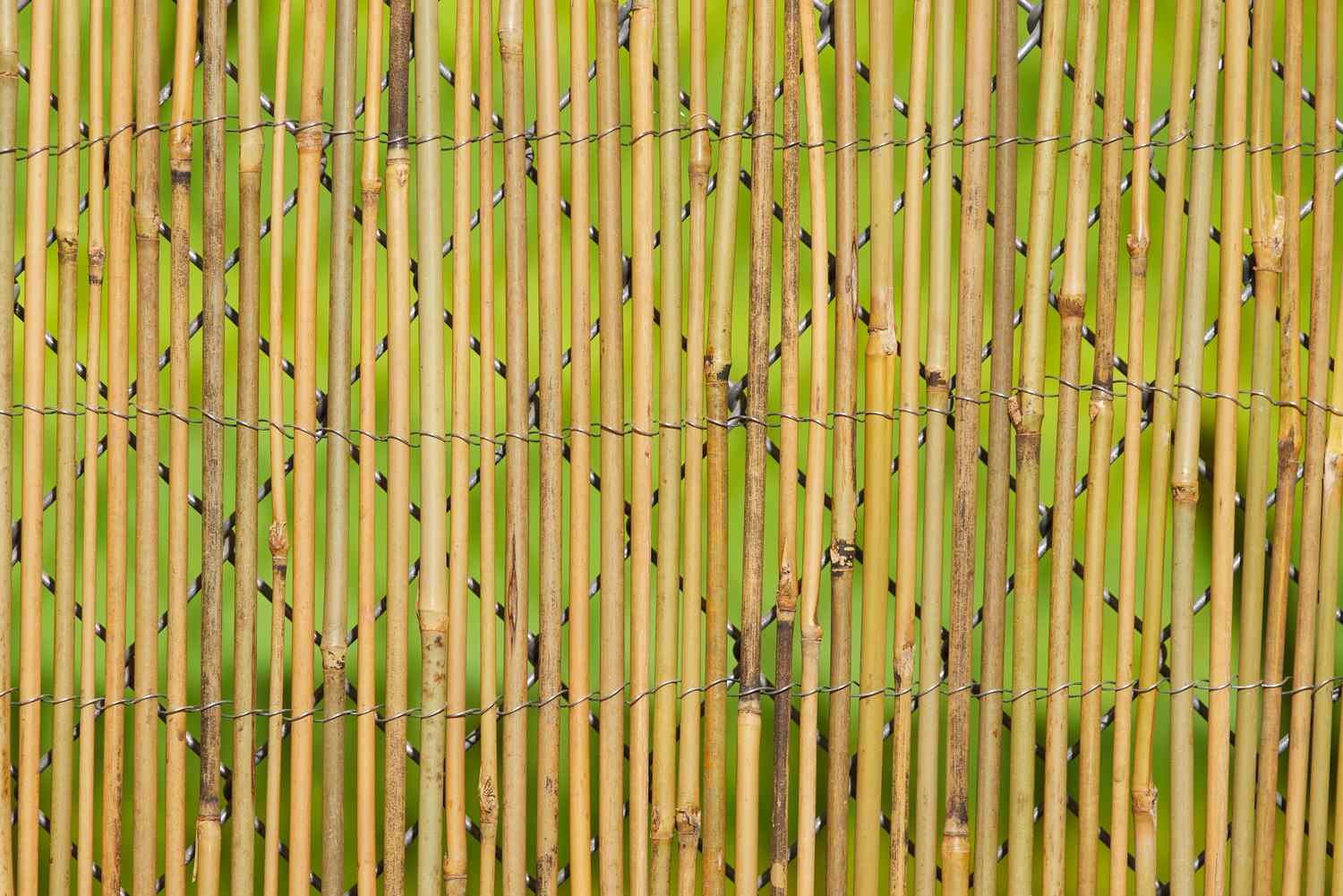
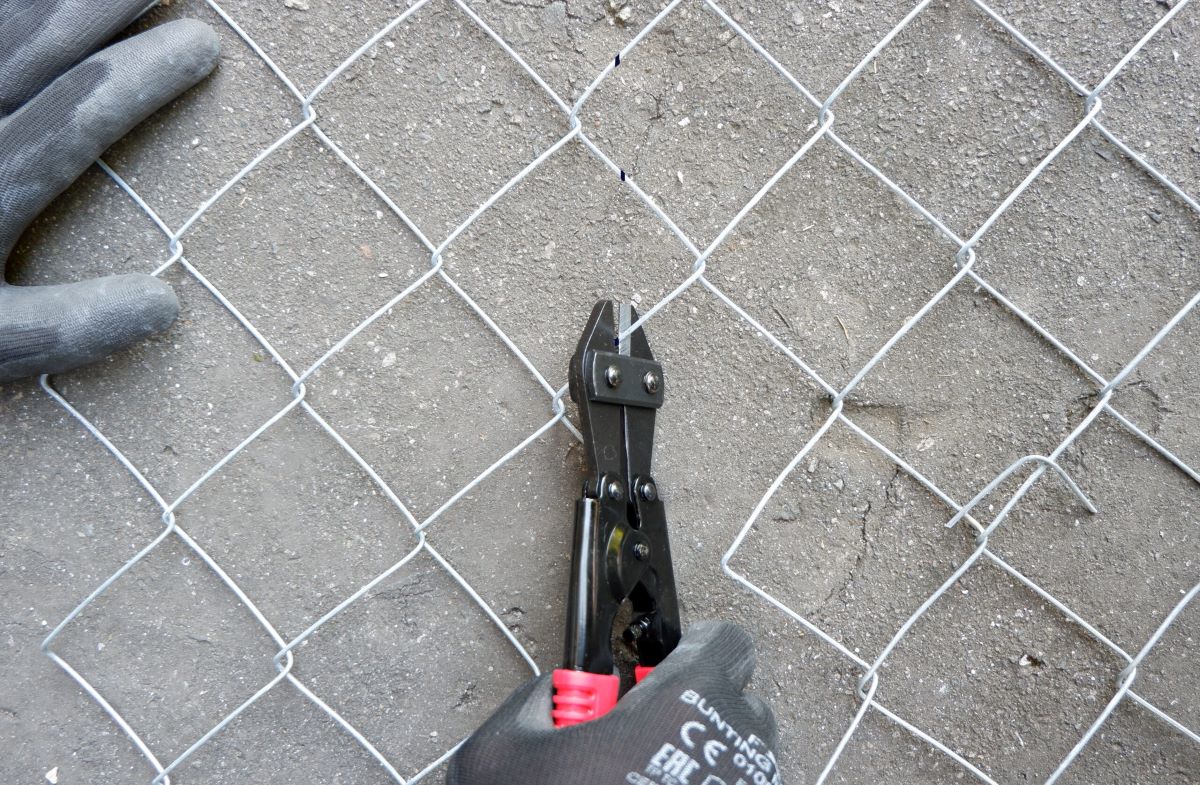
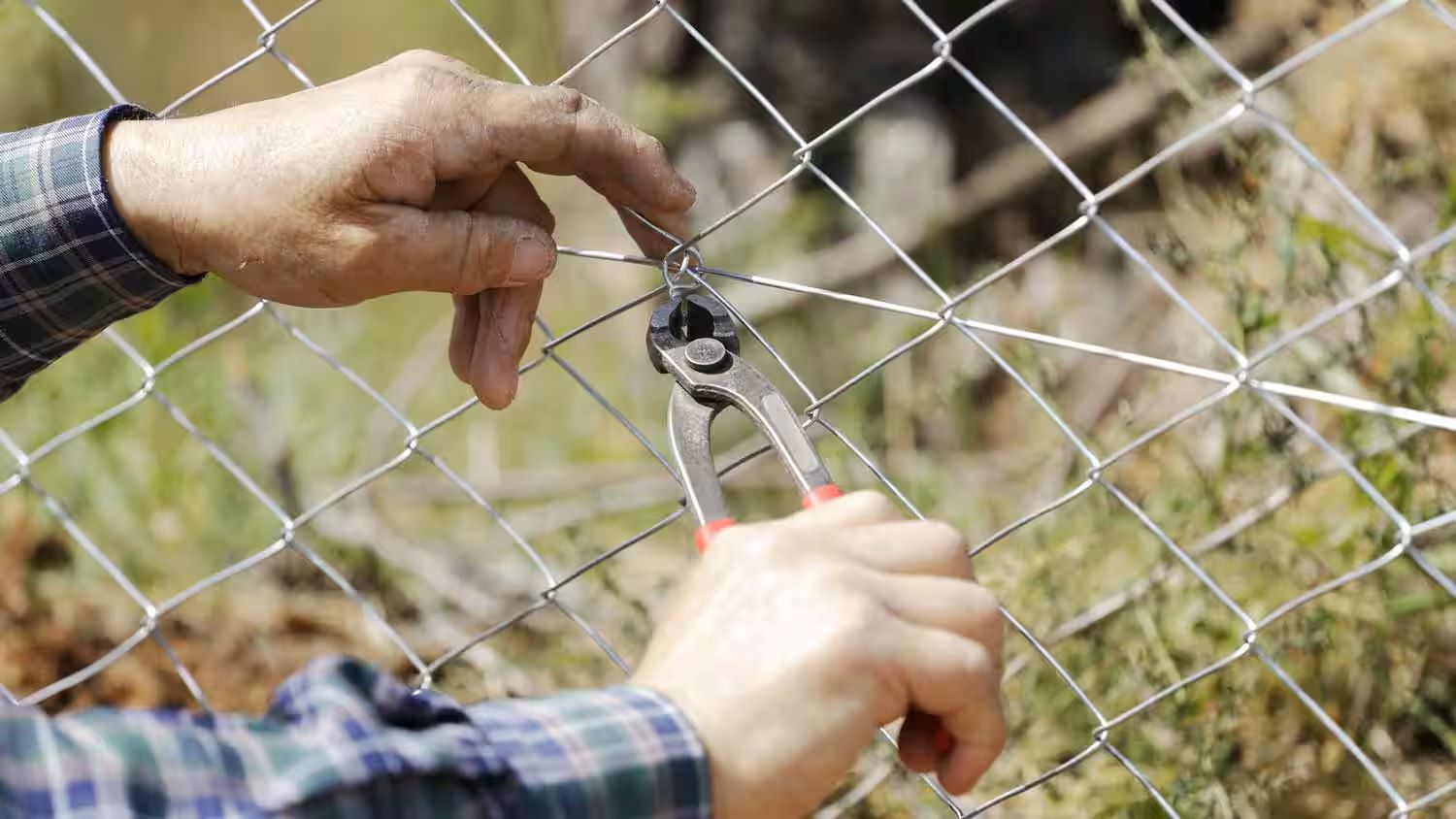
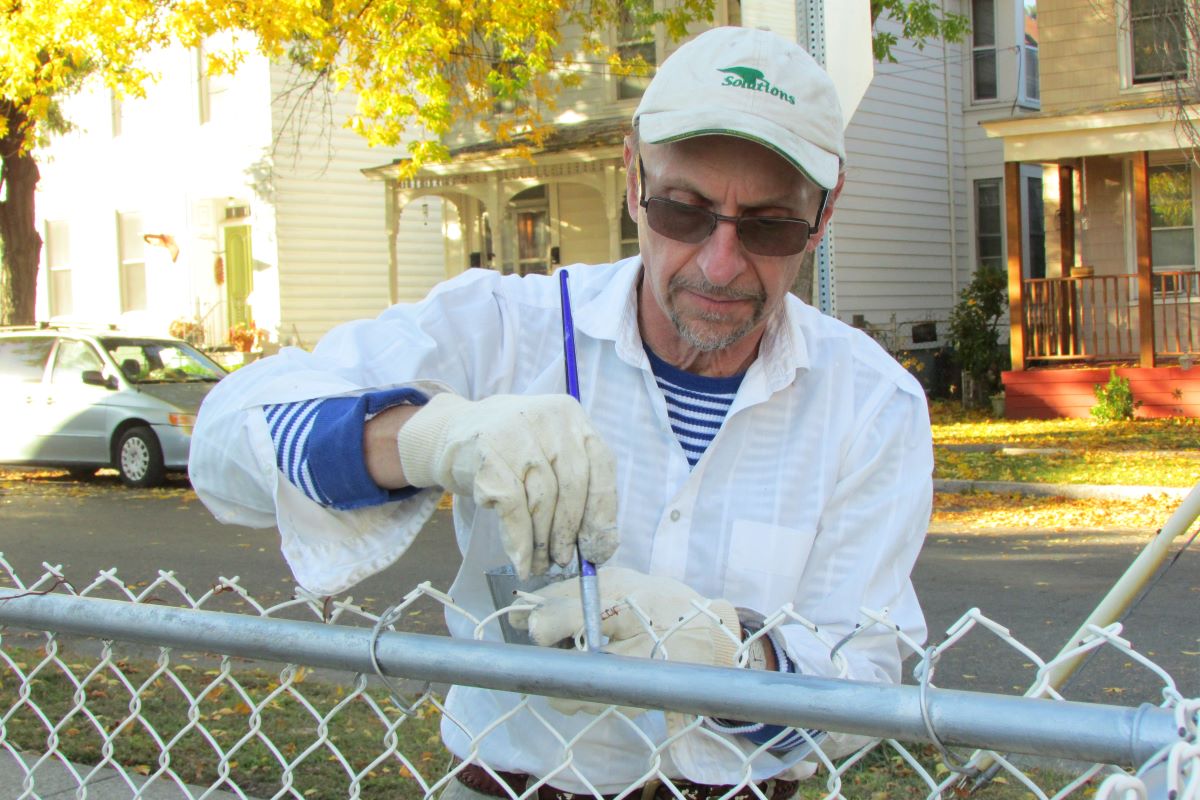
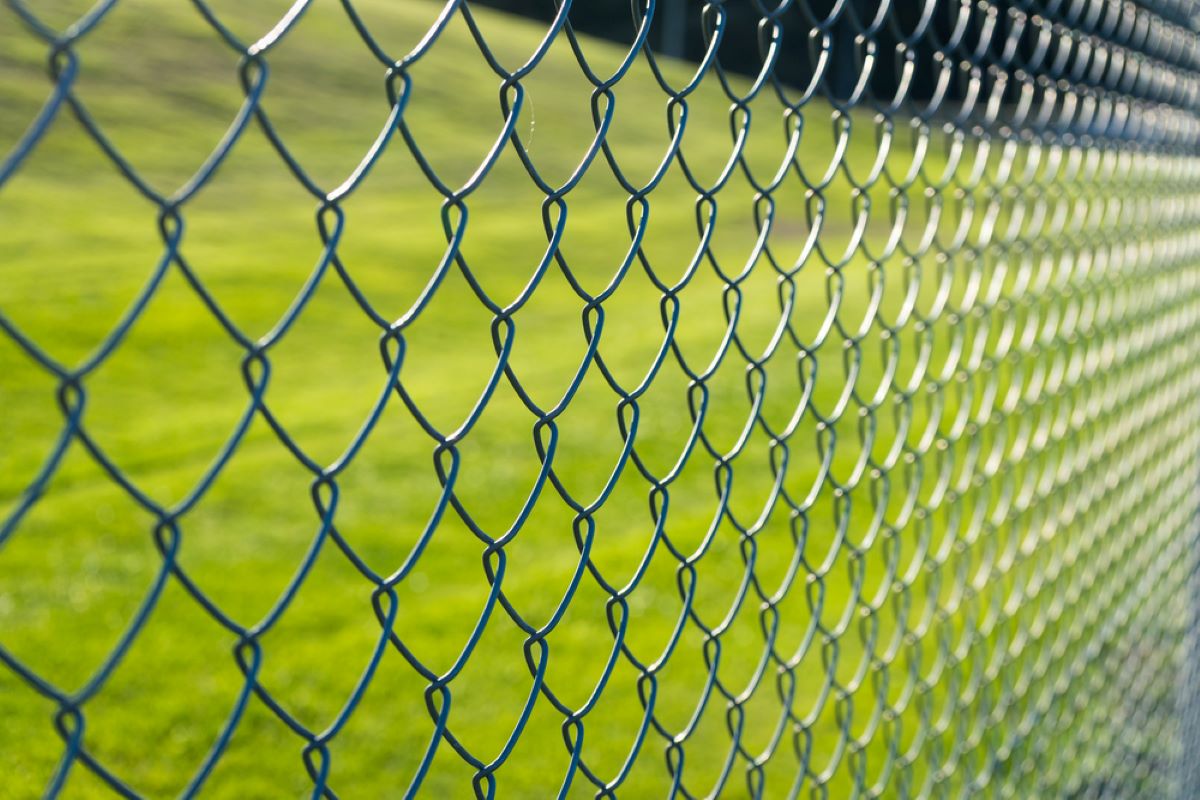
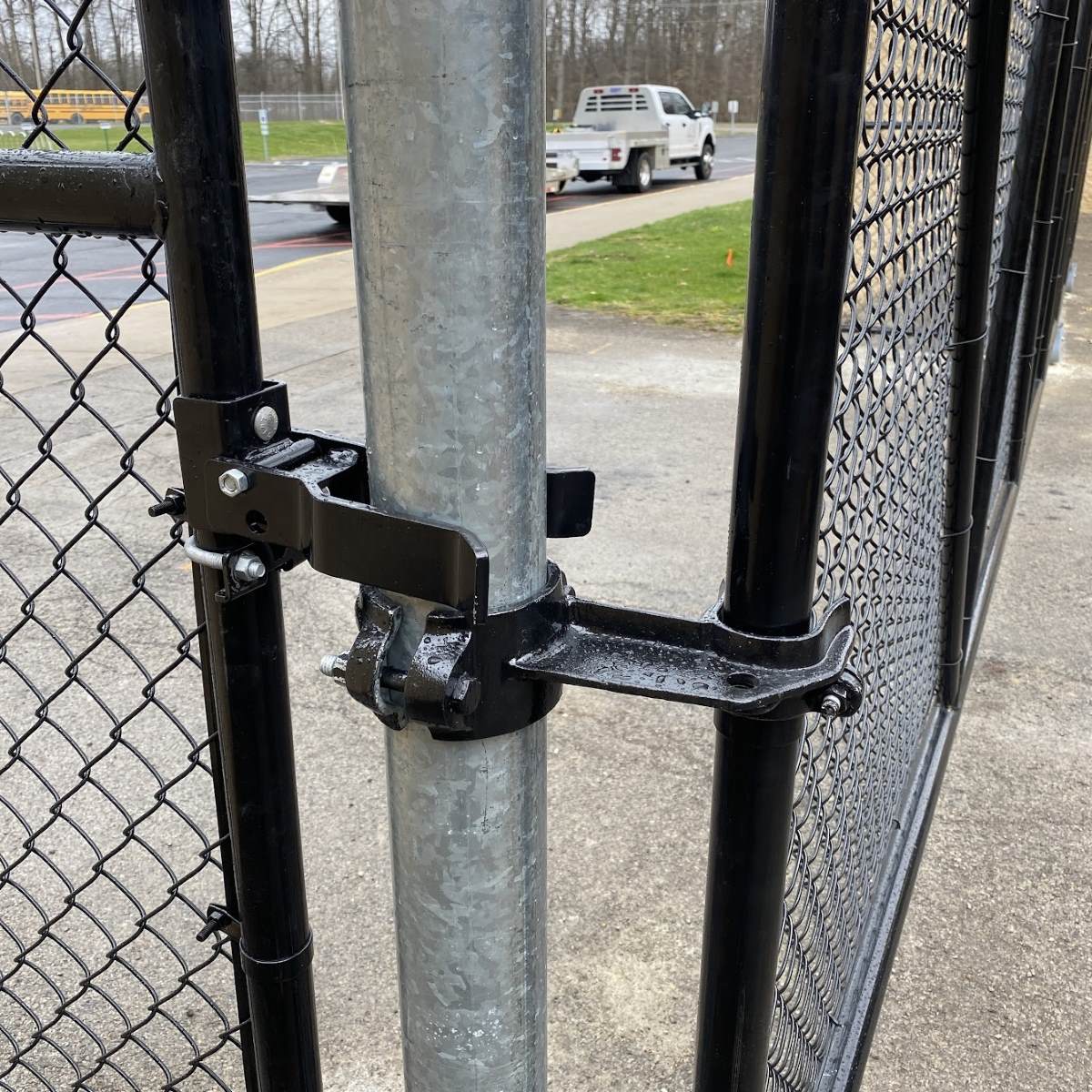
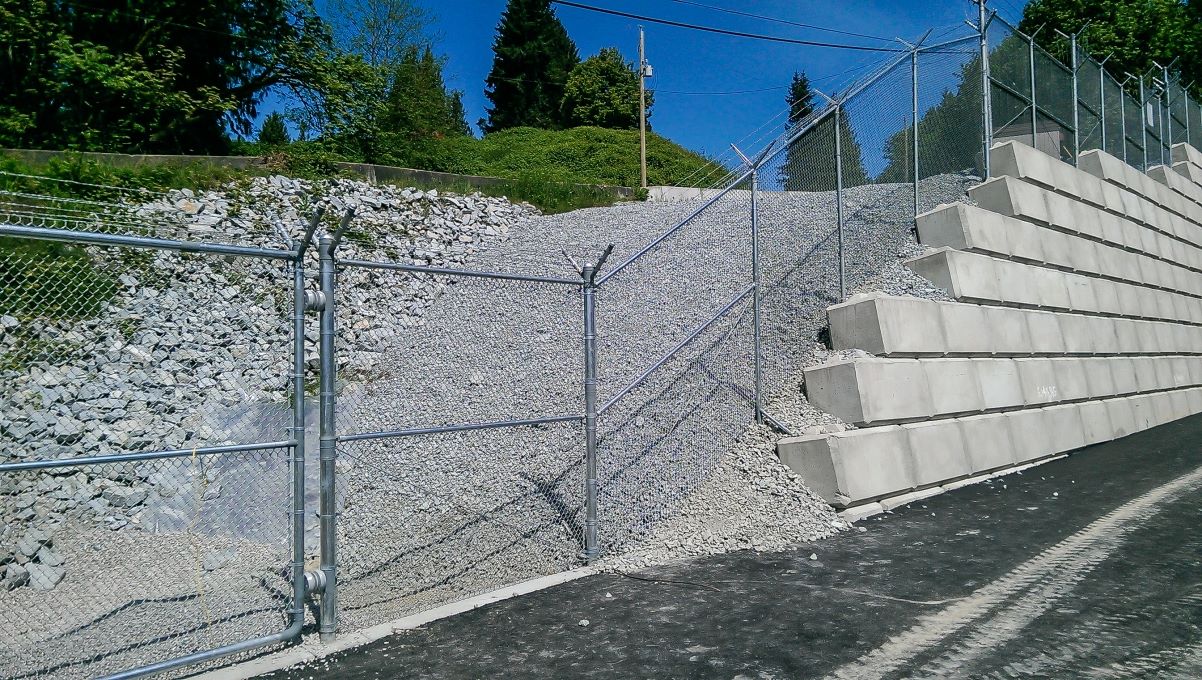
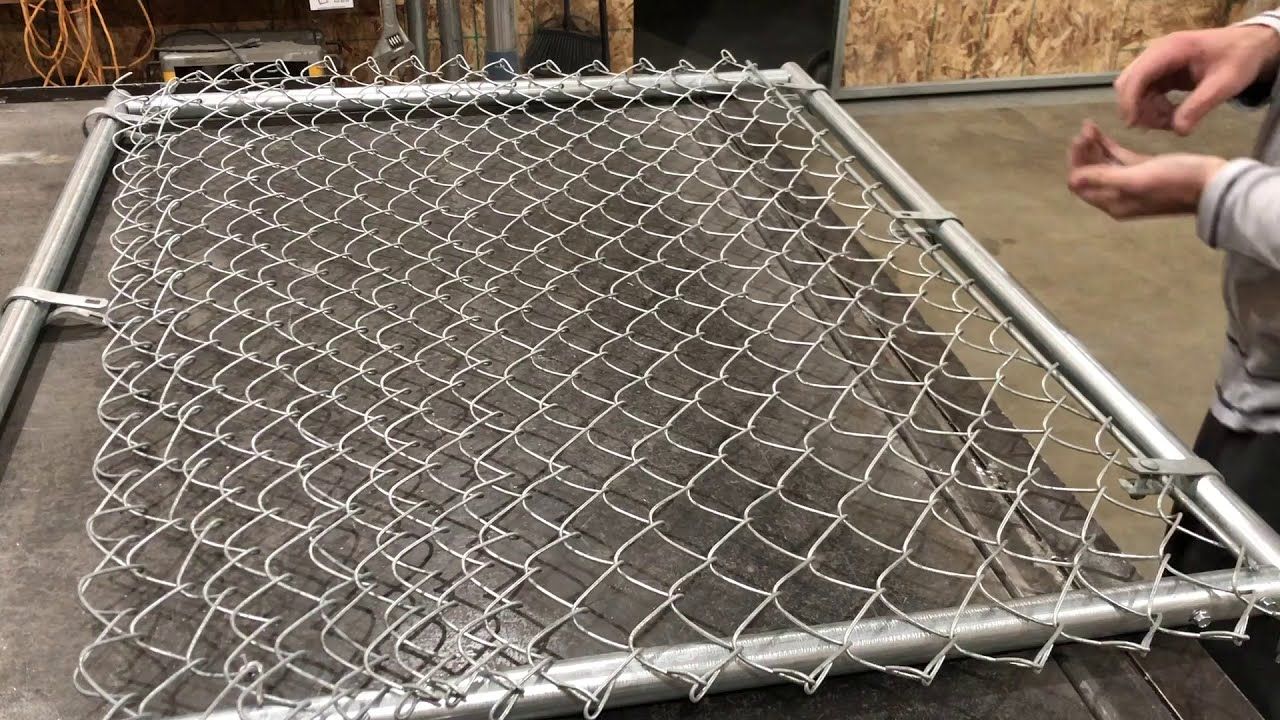
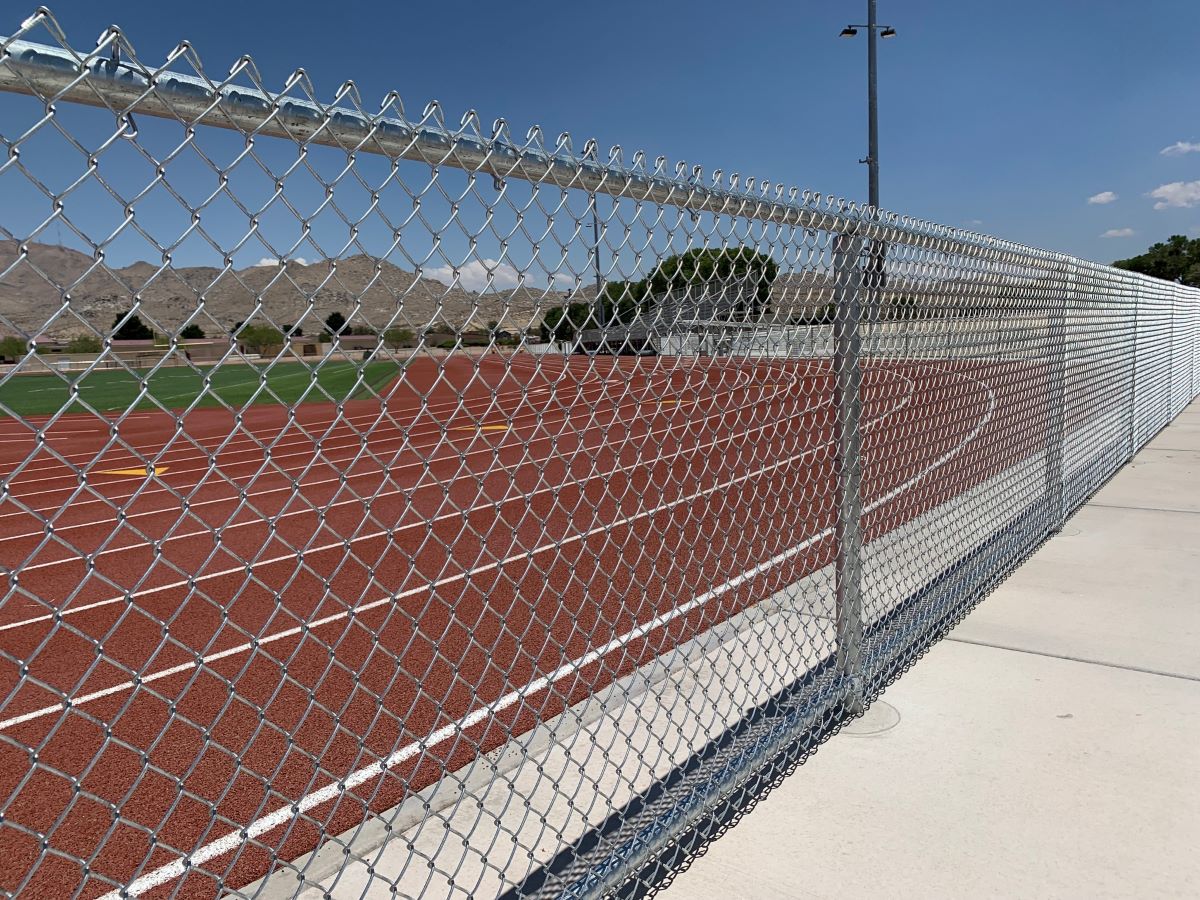
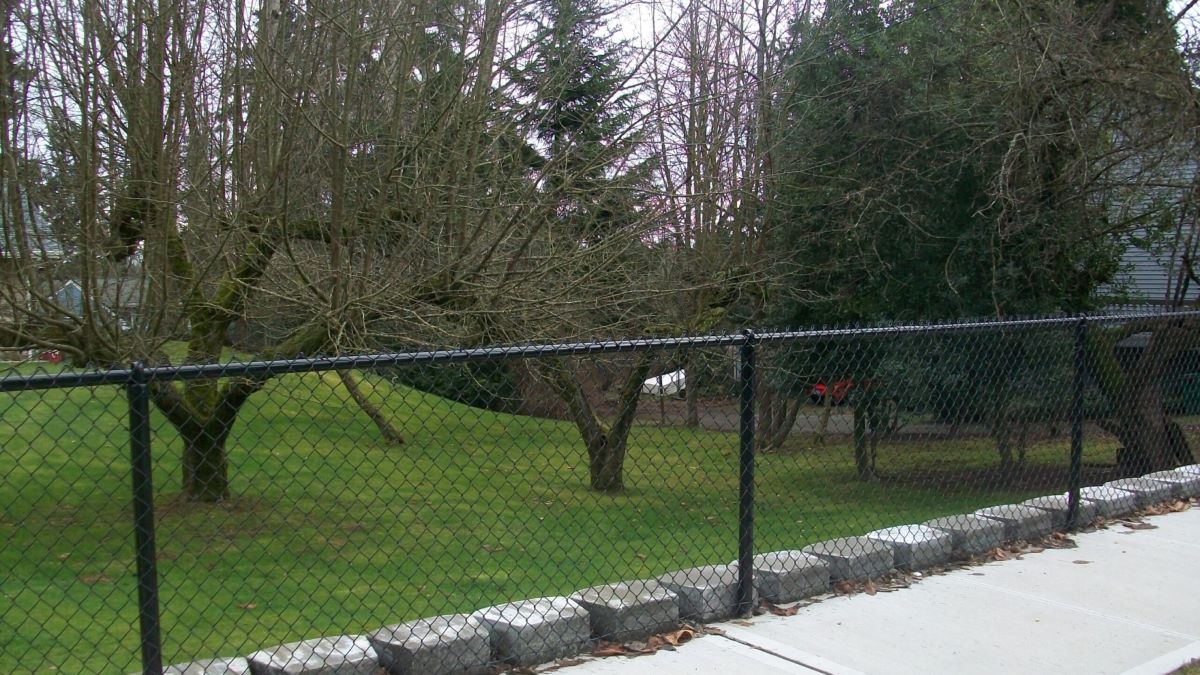
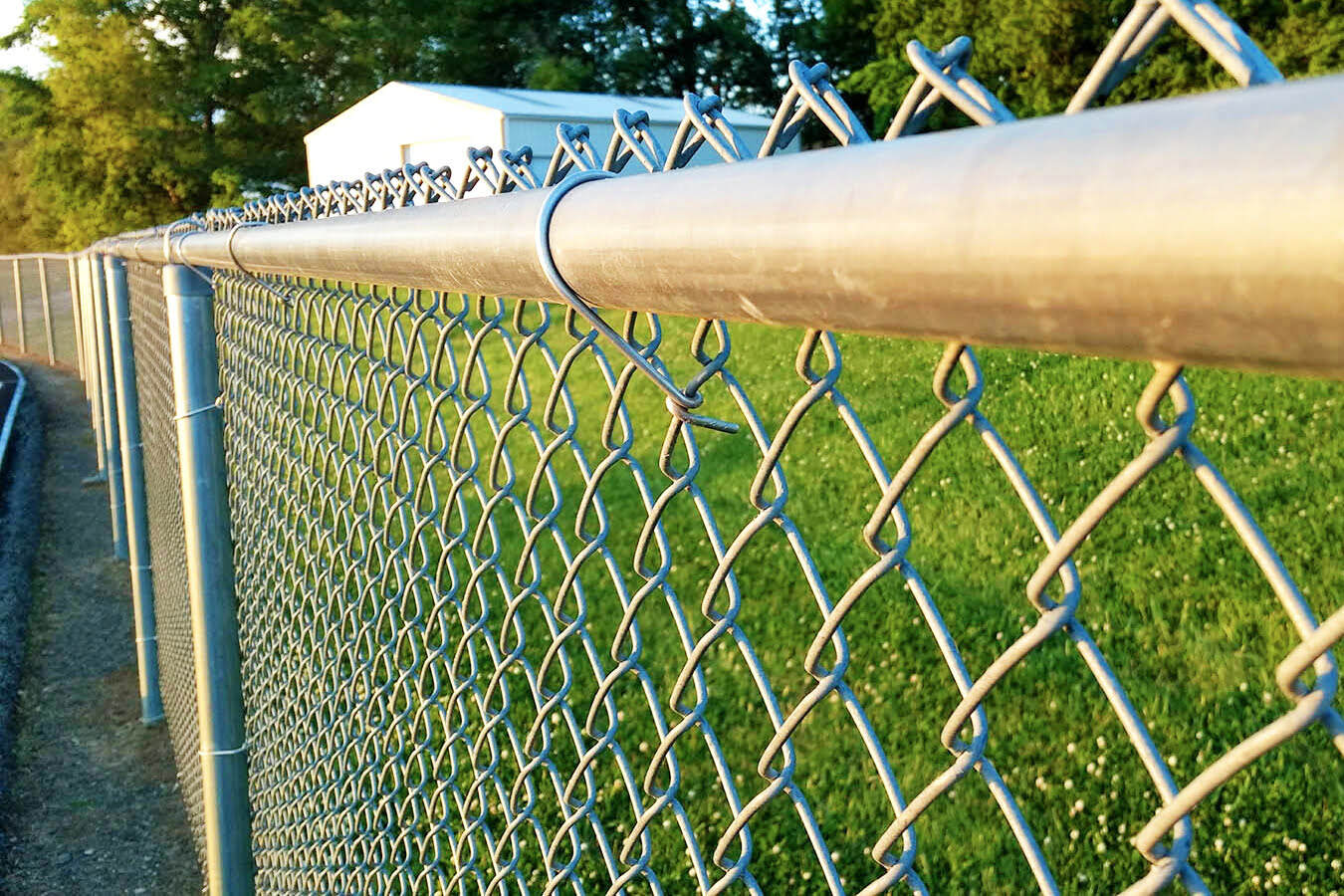
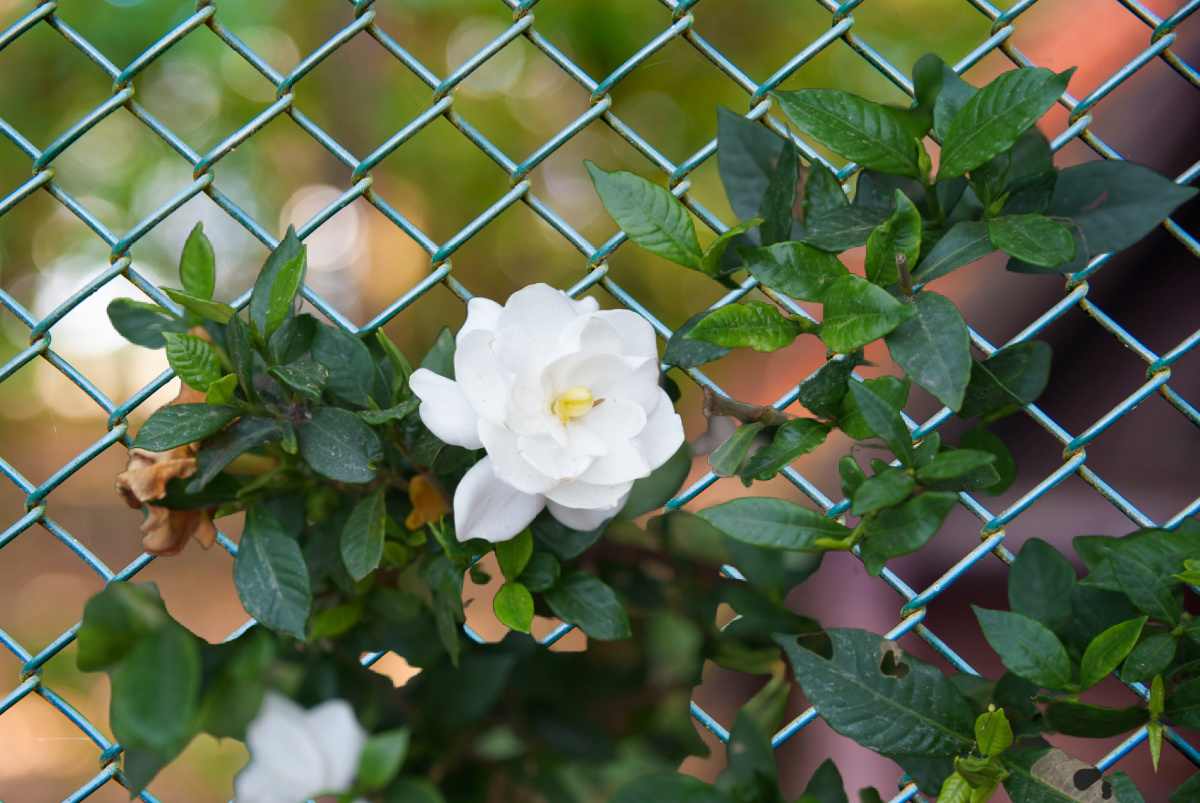
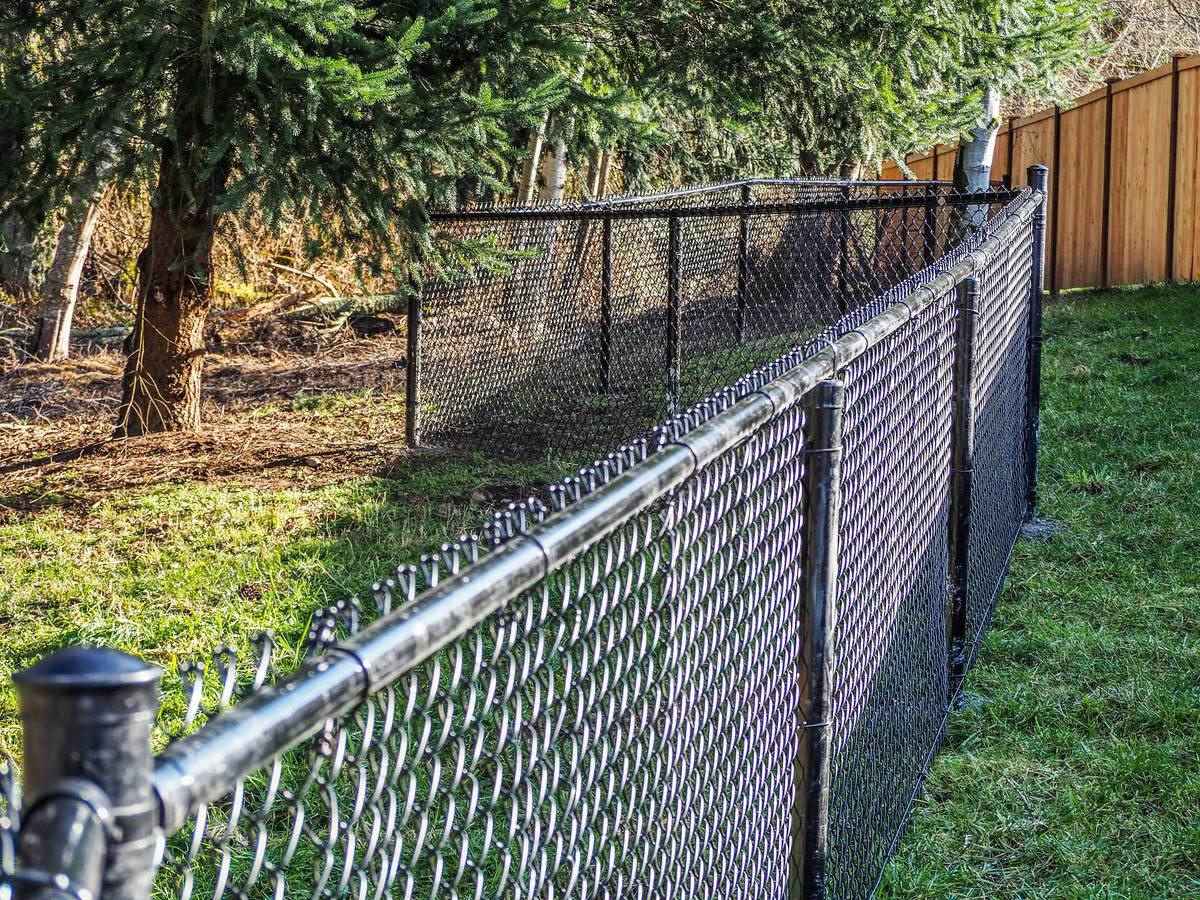
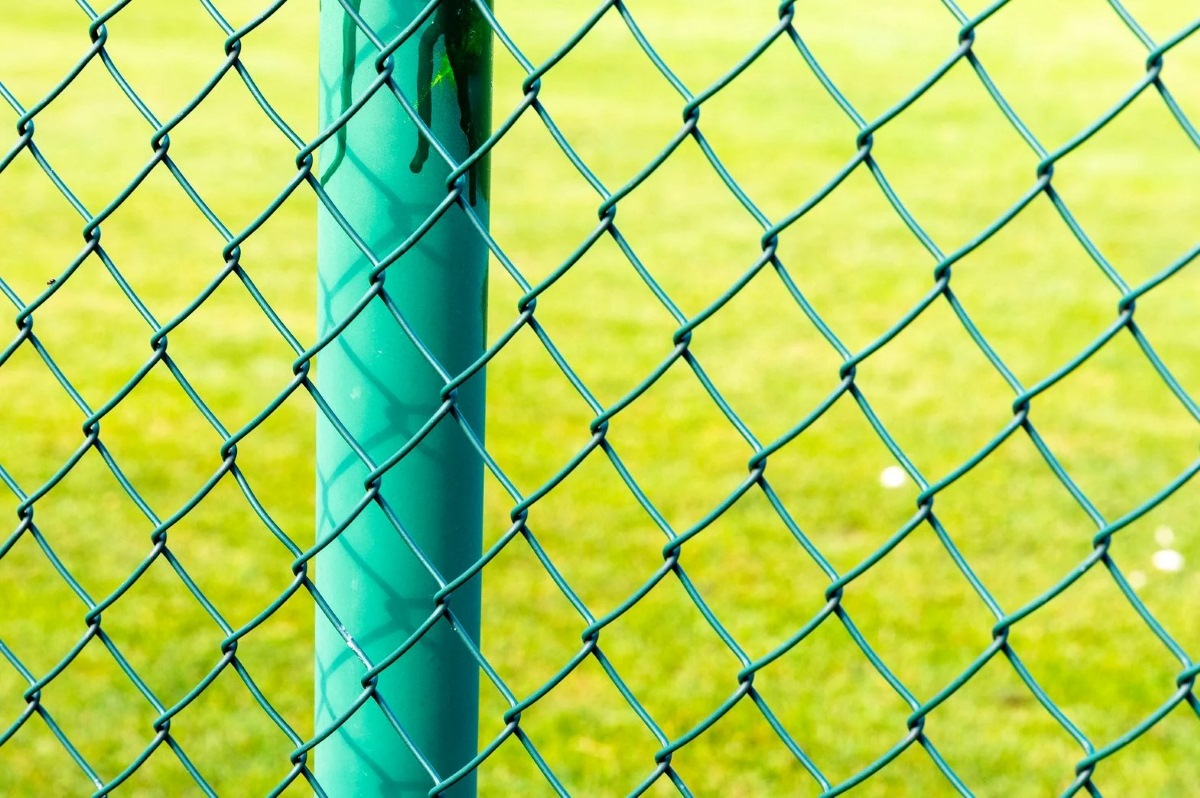

0 thoughts on “How To Secure Bottom Of Chain Link Fence”